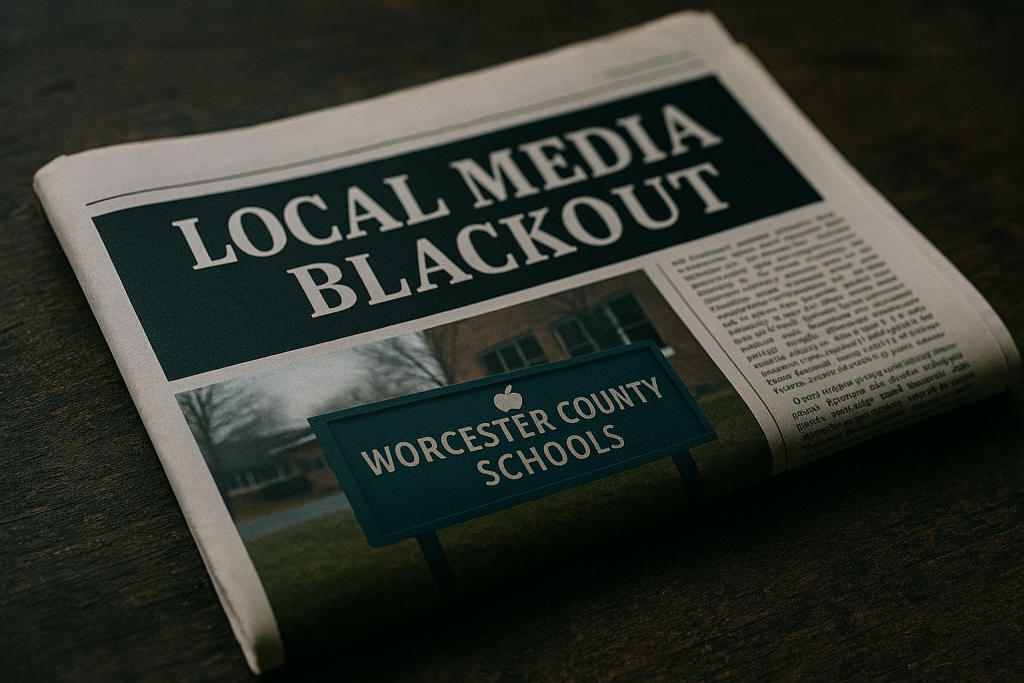
‘Innovation’ Is a Four-Letter Word (Opinion)
My new book, The Great School Rethink, is just out from Harvard Education Press. In it, I argue that our system of schooling was never designed to do what we’re asking it to do: that decades of heralded reform efforts have failed to deliver and that the disruptions of the pandemic have created a remarkable opportunity to reimagine schooling.
Given all that, interviewers inevitably ask whether this means that we need more “innovation.” Let me go on the record: Nope. No way. No!
In fact, I tend to think that faith in the promise of innovation, while understandable, has actually served to hobble improvement efforts.
I’ll explain. As I put it when discussing the “innovation trap” in the book, “It may seem counterintuitive in a book about ‘The Great Rethink,’ but I regard ‘innovation’ as a dirty word.”
In fact, one of the things that’s consistently tripped up educational improvement over the years is the cult of “innovation” and the unhealthy fascination with “innovative” models. What’s my gripe? Well, mostly it’s that “innovation” isn’t actually a thing.
Rightly understood, “innovation” is a means, not an end. It’s a process, not a goal.
Here’s what I mean: Walk into an Apple store and tell them you’d like to buy an “innovative” iPhone. Reach out to Tesla and tell them you want to buy a really “innovative” car. These companies are known as innovators, and yet, the staff would look at you like you were a nut. Why? Because innovation isn’t a thing—it’s a lazy adjective. (This is why you should flee if a salesperson ever tells you, “This gadget is super innovative!” What they’re really saying is, “It does lots of useless things in flashy ways!”)
Today’s cars are safer than they were 20 years ago. There are electric vehicles that can go hundreds of miles on a single charge. Today’s iPhones have mind-blowing cameras and processing capacity. They can communicate and monitor health data in ways that would boggle the minds of the engineers who staffed NASA’s lunar program. But none of this arose from some vague call to “innovate.” These changes were attempts to solve practical problems. Now, solving those problems entailed innovative thinking, but innovation was the byproduct—not the goal.
In other words, what matters is what these things do. Whether they’re “innovative” is irrelevant. That’s why innovation is a bad word. It’s a distraction. It pulls us away from asking whether this change is good for students, educators, or learning, and toward whether it sounds cool or is novel.
The allure of “innovation” has created a “fire, ready, aim” problem in education. Fueled by the promise of overhyped innovations and the expectation that every new superintendent will show up with fresh solutions, education cycles through scads of reforms at a rapid pace. This makes it tough to be sure that the proposed fix is a good match for the problem—or even that we know exactly what the problem is.
How do we combat that tendency? It starts by getting clear about the problem you’re trying to solve. Failure to do that can easily do more harm than good, with the spinning wheel of half-baked solutions turning into a convenient distraction from the real work at hand.
A classic example of this innovation-for-innovation’s-sake thinking is the district that moved to digital textbooks and a digital curriculum but lacked the requisite bandwidth. The superintendent got cheered as an innovator, but students and teachers wound up worse off. Books and resources took forever to load, turning 10-minute assignments into marathon sessions. Kids found it tougher to do homework on the bus or on the way to soccer, since they couldn’t get reliable access to online assignments. Meanwhile, teachers and students alike struggled with glitchy portals and forgotten passwords. The heralded “solution” created more problems than it solved.
Knowing whether an intervention will help requires knowing what the problem is. Which kids are struggling? Why? How do we know? Be skeptical of sure-fire solutions before getting those answers. If innovative reforms come out of this problem-solving process, great. If the solutions are boring or old-fashioned? That’s fine, too. Like I said, innovation is a means, not an end.
Dig Deeper With Our Longreads
Newsletter Sign up to get our best longform features, investigations, and thought-provoking essays, in your inbox every Sunday.
The MEN was founded by John Huber in the fall of 2020. It was founded to provide a platform for expert opinion and commentary on current issues that directly or indirectly affect education. All opinions are valued and accepted providing they are expressed in a professional manner. The Maryland Education Network consists of Blogs, Videos, and other interaction among the K-12 community.







